The Heliodon at the Venice Architecture Biennale: Natural Light, Form, and the Culture of Design

Over the years, the Venice Architecture Biennale has shown a deep sensitivity toward natural light as a generative element of architecture. Light has been explored not only as a physical phenomenon, but also as a design, cultural, and symbolic material — capable of defining space, activating perceptions, suggesting behaviors, and building relationships between a building and its context.
In this context, the Heliodon — an instrument for solar analysis and simulation — has found a place and recognition in various editions of the Biennale, in forms more or less explicit. In past editions, light has been the protagonist of iconic installations, such as:
- Nordic Pavilion (2012, Light Houses) 32 Scandinavian studios explored the poetic and design potential of Nordic light through scale models.
- Gateway (2012, curated by Norman Foster) — an immersive installation where light and text merged into a sensory narrative about the meaning of “common ground.”
- Dutch Pavilion — transformed into a kinetic environment through movable curtains that continuously altered the effect of natural light within the exhibition space.
In the 2025 edition, entitled Intelligens. Naturale., the reference to solar radiation becomes more explicit, closely tied to the idea of tools such as the Heliodon.
- Uzbekistan Pavilion – A Matter of Radiance: presents fragments of the large Soviet solar furnace Sun Heliocomplex in Tashkent — a clear reference to the geometric control of sunlight as a tool for knowledge and design.
- MVRDV – SOMBRA Pavilion: a structure that behaves like a dynamic heliodon, orienting its surfaces in response to sunlight through a system of passive activation.
- Sun Stone (Ensamble Studio) and Urban Heat Chronicles: installations that investigate the relationship between the sun, materiality, and urban livability in a direct and sensitive way, reaffirming the role of the sun as a silent yet essential protagonist in design.
In this framework, the Heliodon emerges not only as a technical device, but also as a symbol of contemporary design awareness — one that recognizes natural light as a valuable ally for comfort, sustainability, and architectural beauty.
Uzbekistan Pavilion at the Venice Biennale
MVRDV’s SOMBRA Pavilion Showcases Dynamic Shading at Venice Time Space Existence Exhibition
Media
-
 SOMBRA pavilion, a structure that behaves like a dynamic heliodon, orienting its surfaces in response to sunlight through a system of passive activation.
(449.1 KB).
SOMBRA pavilion, a structure that behaves like a dynamic heliodon, orienting its surfaces in response to sunlight through a system of passive activation.
(449.1 KB).
-
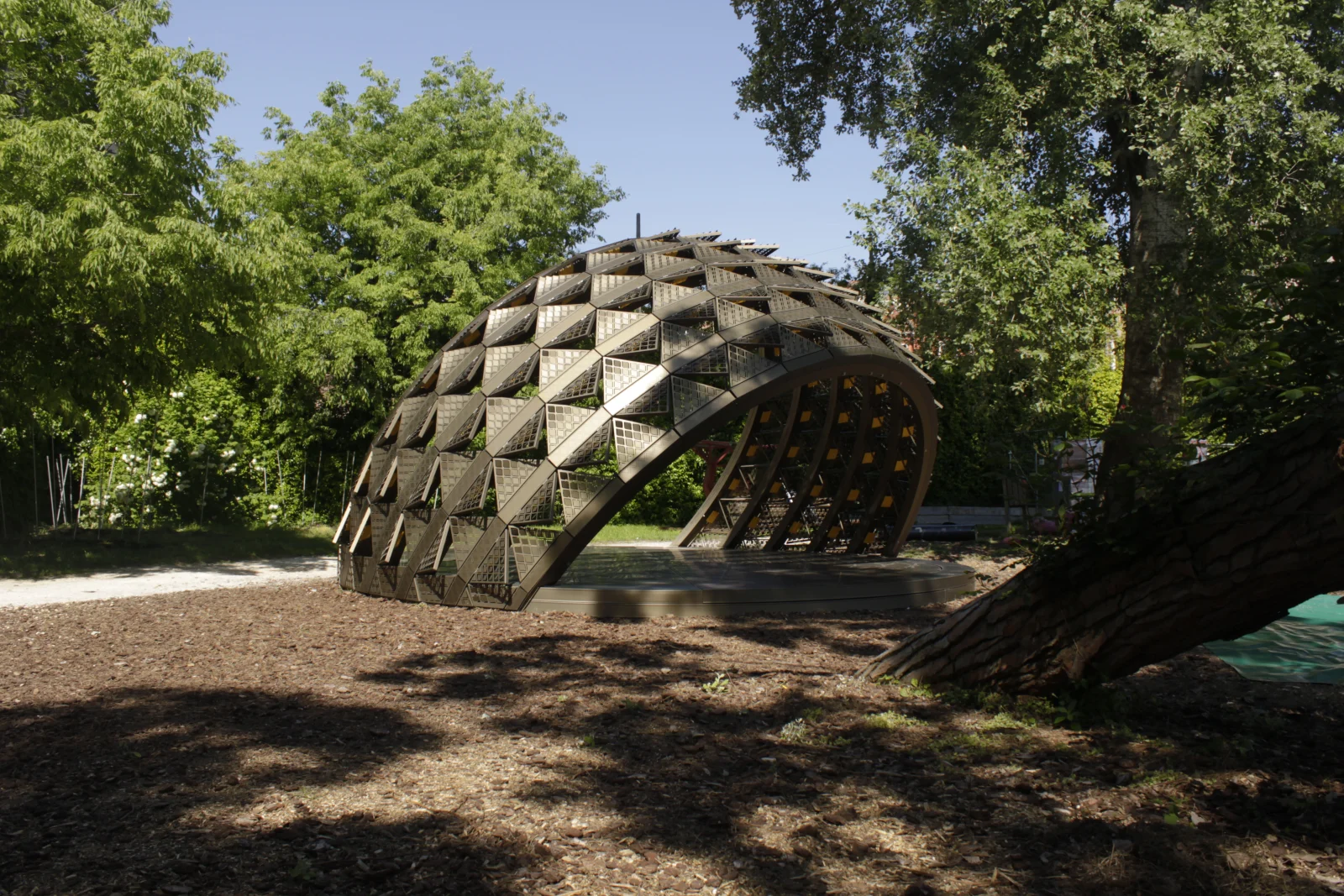 SOMBRA pavilion, a structure that behaves like a dynamic heliodon, orienting its surfaces in response to sunlight through a system of passive activation.
(424.0 KB).
SOMBRA pavilion, a structure that behaves like a dynamic heliodon, orienting its surfaces in response to sunlight through a system of passive activation.
(424.0 KB).
-
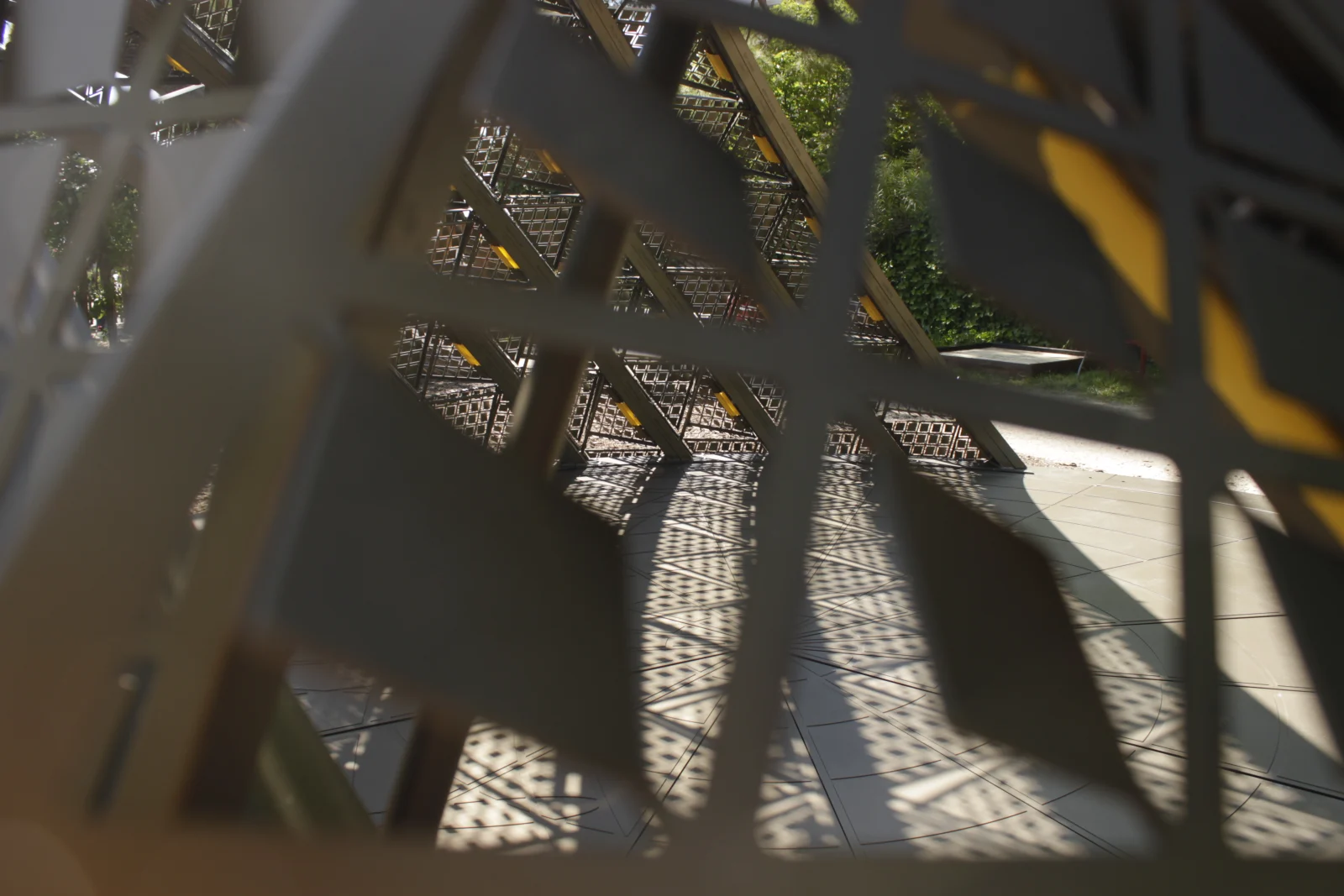 SOMBRA pavilion, a structure that behaves like a dynamic heliodon, orienting its surfaces in response to sunlight through a system of passive activation.
(120.2 KB).
SOMBRA pavilion, a structure that behaves like a dynamic heliodon, orienting its surfaces in response to sunlight through a system of passive activation.
(120.2 KB).
-
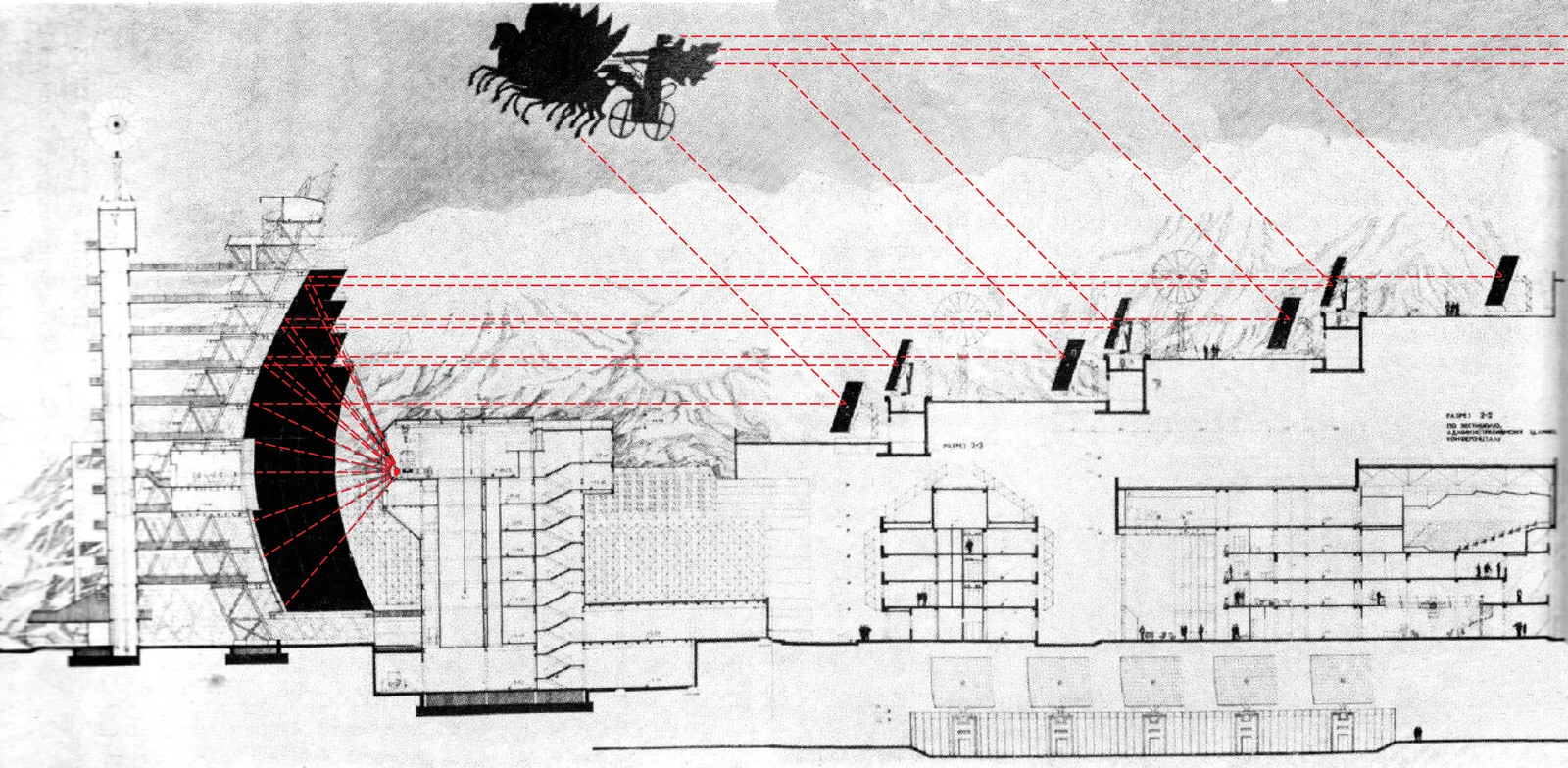 Sun Heliocomplex project
(306.7 KB).
Sun Heliocomplex project
(306.7 KB).
-
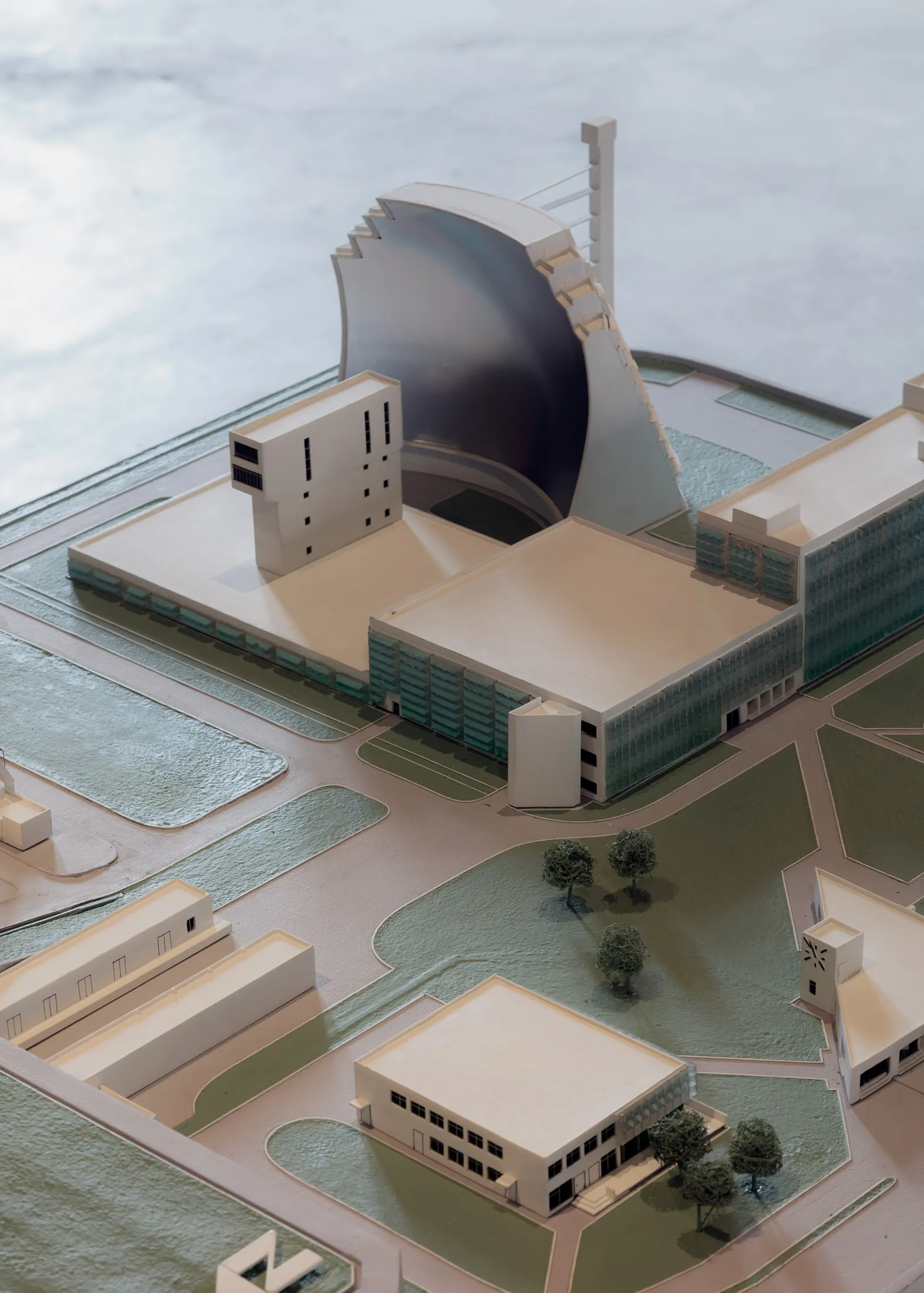 Sun Heliocomplex scale model
(187.1 KB).
Sun Heliocomplex scale model
(187.1 KB).
-
 Sun Heliocomplex
(223.2 KB).
Sun Heliocomplex
(223.2 KB).
-
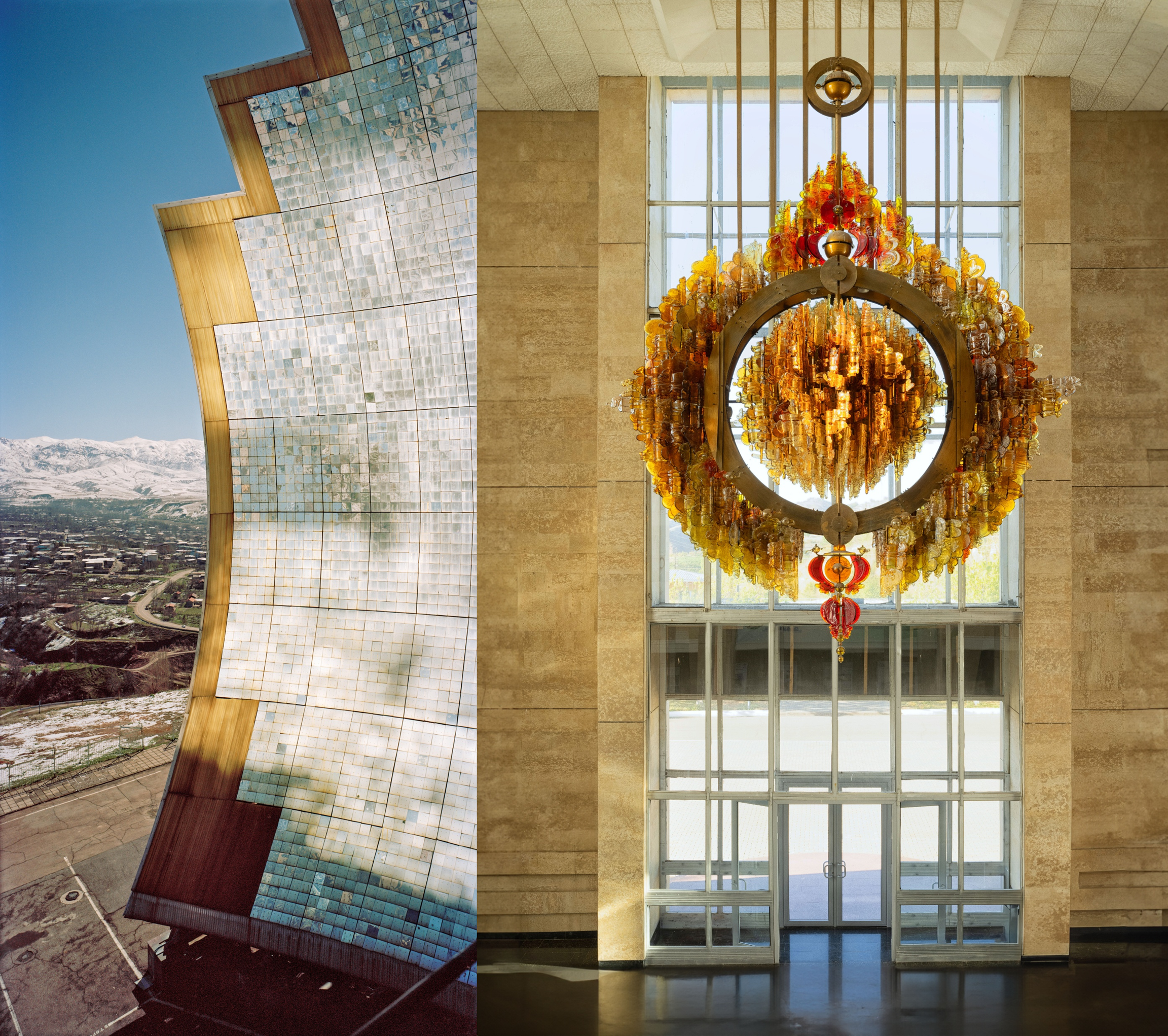 The Sun Institute of Material Science—originally called the Sun Heliocomplex—built in 1987 near Tashkent. It was one of the last major scientific projects of the USSR and is still one of only two large solar furnaces existing worldwide to study material behaviours at extreme temperatures.
(12.2 MB).
The Sun Institute of Material Science—originally called the Sun Heliocomplex—built in 1987 near Tashkent. It was one of the last major scientific projects of the USSR and is still one of only two large solar furnaces existing worldwide to study material behaviours at extreme temperatures.
(12.2 MB).
Contact
betanit.com
Phone: +39 0523 650217
email: info@betanit.com